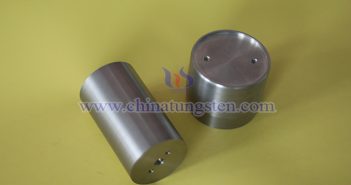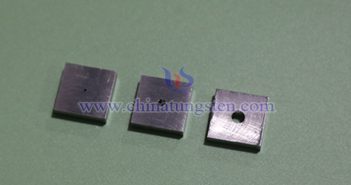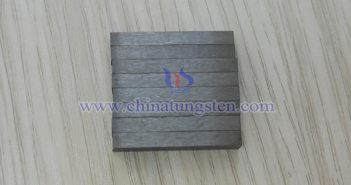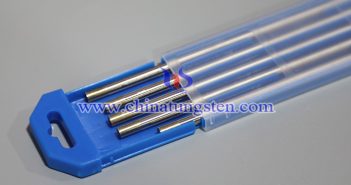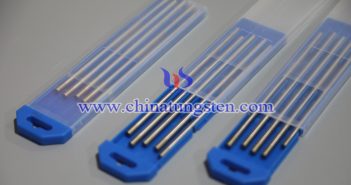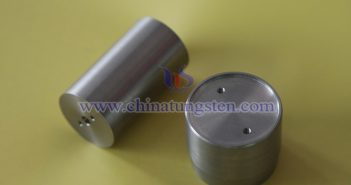
High-density tungsten alloy shielding components possess high density, excellent ray shielding capabilities, and non-toxic, environmentally friendly characteristics. Their application fields include the medical field, nuclear industry, and more. 1.Medical Field Radiotherapy Equipment Field: In commonly used tumor radiotherapy devices such as linear accelerators and gamma knives, critical components like ray collimators and shielding covers are often made from specific materials such as high-density tungsten alloys. Ray collimators effectively control the irradiation range, concentrating rays on the tumor site to achieve…

